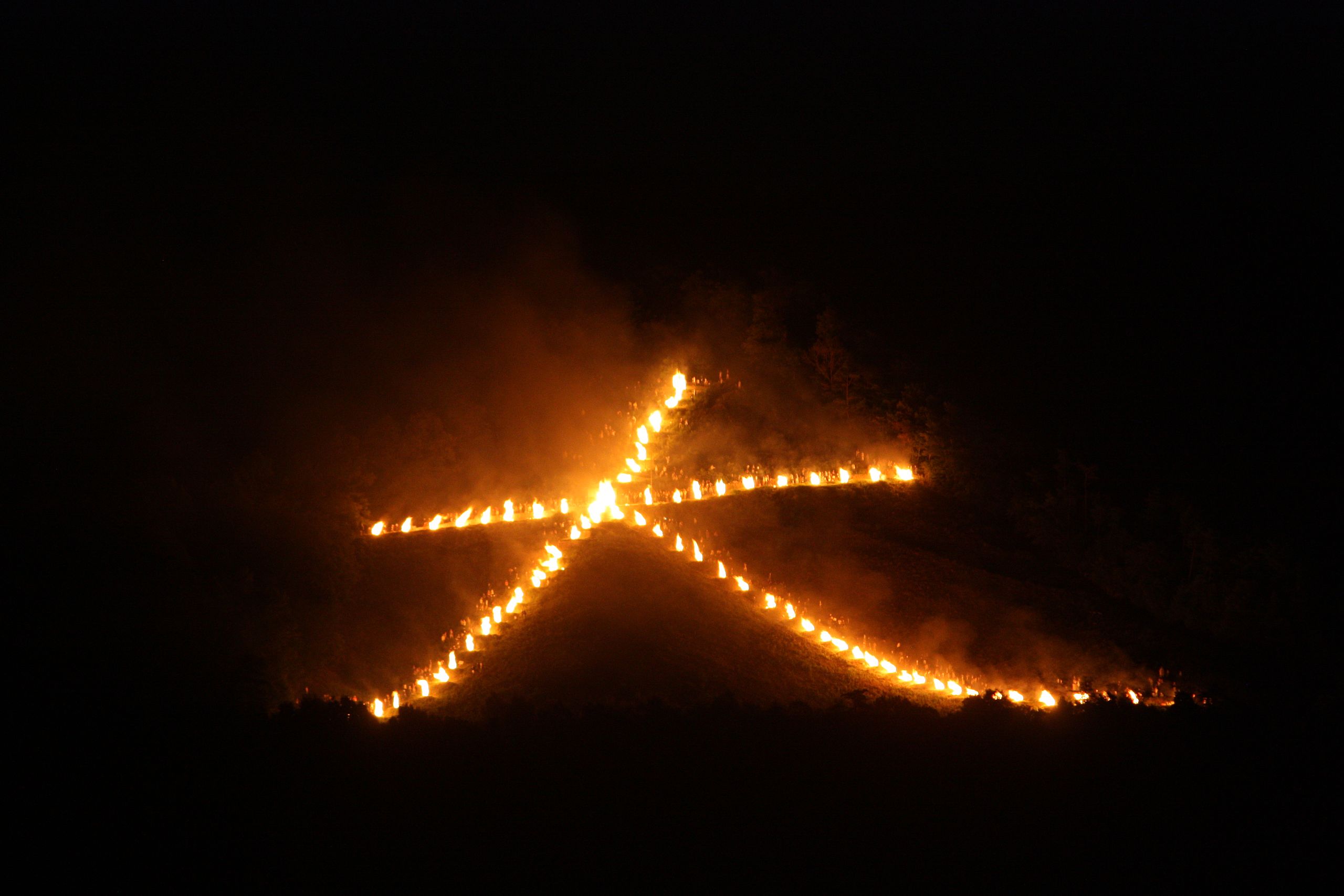
Mukae・Meguri・Okuri・Norai
The kami, or gods, of Japan are neither stationary nor omnipresent. They are “visiting gods”―divine guests―without permanent residence in any particular shrine. One might call them “strangers from elsewhere” who come and go, from and to the unknown, and only on occasion, leaving us nothing but the feeling of having been visited. In essence, kami are a “feeling,” of a special type of energy or information which comes from outside the human realm.
In order to rejoice and celebrate visits by kami, festivals called matsuri are traditionally carried our in four stages— mukae, meguri, okuri, and naorai—where people attempt communication with kami through the process of taking in and re-editing information from the divine.
The first stage, mukae, is the greeting—the welcoming of the kami. Being guests in an unfamiliar environment, the kami need specific direction on where they should position themselves. Such designated spaces for kami were called yorishiro—temporary lodgings for the gods—and eventually acquired roofs and evolved into the Shinto shrines we know
today.
Once the kami are properly received, their visit is announced to the community at large. To this effect, people prepare special vehicles, named mikoshi and dashi, which they carry or pull around the local area in an act called meguri (literally, “to go around”). Then, when the kami are ready to leave, it is time for okuri—the send-off— often by ceremonial burnings as seen in the great Daimonji Okuribi of Kyoto. After parting with the gods, humans return co their everyday lives, celebrating what they gained through divine assistance by a joyous ceremonial meal called naorai.
The Japanese continue to distinguish their days between hare―“formal” days, during which festivals that require special preparation are carried our—and ke— “normal” days, during which people quietly spend their time until the next special occasion. Naorai as such can be considered a method for punctuating the transition from communion with a god to business as usual. The importance of such acts of punctuation is apparent in numerous Japanese customs—for example , nakairi for intermissions, ohiraki for closings, and uchiage for post-project parries-all of which in essence highlight the changing of stages in an otherwise seamless process. It is here that traces of Japan’s past mix with its present, appearing and disappearing like “strangers from elsewhere.”

